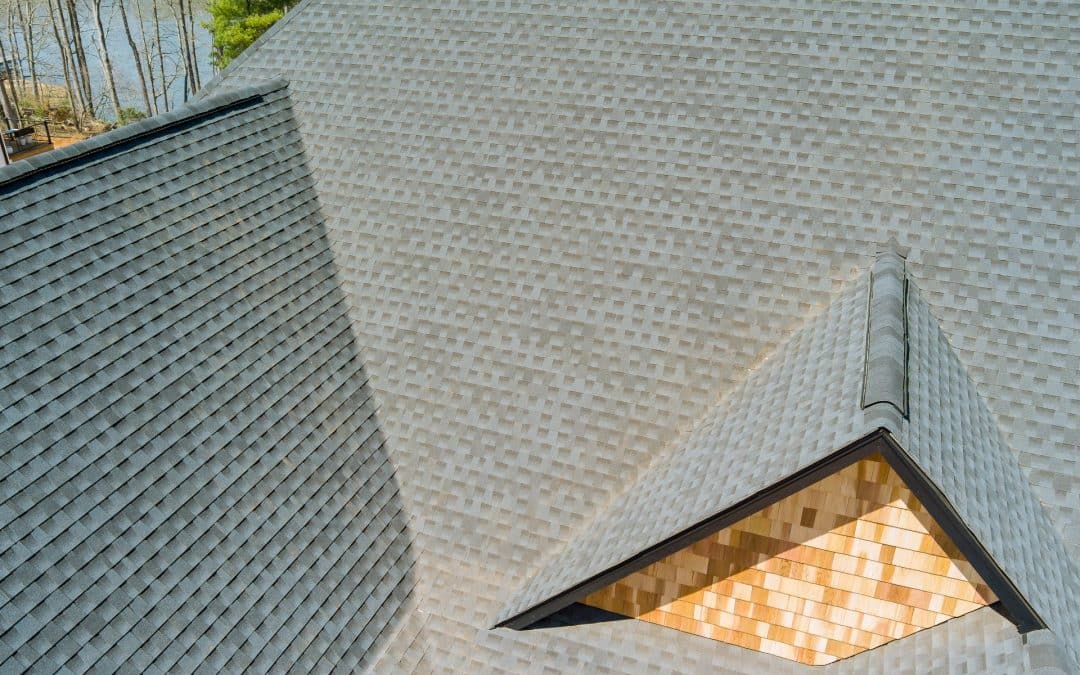Shingle roofing is one of the most popular choices for residential homes due to its cost-effectiveness and ease of installation. However, there are many misconceptions about how long shingle roofs actually last. Understanding the real lifespan of shingle roofing can help homeowners make better decisions about roof maintenance and replacement.
Many factors influence the longevity of a shingle roof, including the quality of materials, installation methods, and environmental conditions. While some people believe that shingle roofs only last a few years, others think they can last a lifetime. It’s crucial to separate fact from fiction to manage your expectations and investment in your home’s roofing.
Proper care and regular maintenance can significantly extend the life of your shingle roof. By debunking myths and focusing on proven strategies, you can ensure that your roof serves you well for many years to come. Educating yourself about shingle roofing will not only help you maintain your home better but also save you money in the long run. Understanding these key aspects can make all the difference in the performance and longevity of your shingle roof.
Understanding the Lifespan of Shingle Roofing
The lifespan of a shingle roof can vary greatly depending on several factors. On average, asphalt shingle roofs last between 20 to 30 years. The longevity of your roof depends on the quality of the shingles, the climate where you live, and how well the roof is maintained. High-quality shingles, such as architectural or laminated shingles, can last even longer—sometimes up to 50 years.
One crucial aspect of understanding shingle roofing lifespan is the role of installation. Proper installation ensures that shingles are well-secured and aligned, which helps them to withstand weather conditions better. Improper installation, on the other hand, can lead to premature wear and tear, resulting in a shorter lifespan. Always ensure that a qualified professional installs your roof to maximize its durability.
Another important point is the local climate. In areas with harsh weather conditions, like extreme heat, heavy snow, or frequent storms, shingle roofs may not last as long. Regular inspections and maintenance are essential to keep the roof in good condition. Checking for damage after storms and promptly fixing minor issues can prevent significant problems down the line. By understanding these factors, you can better estimate how long a shingle roof will last and take steps to prolong its life.
Common Myths About Shingle Roofing Longevity
There are many myths surrounding the longevity of shingle roofing that can mislead homeowners. One common myth is that all shingles are the same and will last the same amount of time. This is not true. The quality and type of shingles play a significant role in how long they will last. For example, three-tab shingles tend to have a shorter lifespan compared to architectural shingles.
Another myth is that you don’t need to maintain your shingle roof to keep it lasting long. Some people believe that once a roof is installed, it can be left alone for decades. In reality, regular maintenance is crucial for extending the life of a shingle roof. Periodic inspections can help identify small issues before they become significant problems. Maintenance tasks like cleaning gutters, removing debris, and checking for damaged shingles should be done regularly.
A third myth is that if a shingle roof looks fine from the ground, there are no underlying issues. While a roof might appear in good condition from a distance, it can have hidden problems that require attention. Issues such as missing shingles, minor leaks, or wear around flashing can be hard to spot without a close inspection. Ignoring these issues can lead to more extensive and costly repairs in the future. Understanding the truth behind these myths can help homeowners take better care of their shingle roofs.
Factors That Affect Shingle Roofing Lifespan
Various factors can affect the lifespan of shingle roofing, making it essential to understand these elements to maximize your roof’s durability. One major factor is the quality of the shingles themselves. Higher-quality shingles, like architectural shingles, are designed to last longer than standard three-tab shingles. Investing in better materials upfront can pay off in the long run.
Weather conditions also play a significant role in how long a shingle roof will last. Areas with harsh climates, such as extreme heat, heavy snowfall, or frequent storms, can cause shingles to wear out faster. Strong winds can lift shingles, while excessive heat can make them brittle. Regular inspections are vital to catch weather-related damage early, allowing for timely repairs that can extend the roof’s life.
The quality of installation is another critical factor. Proper installation ensures that shingles are aligned correctly and securely fastened, reducing the risk of damage from wind and water. Poor installation can lead to leaks, loose shingles, and other issues that can shorten the roof’s lifespan. Hiring experienced and reputable roofing professionals can ensure a job is done well.
Tips for Extending the Life of Your Shingle Roof
To extend the life of your shingle roof, regular maintenance and proactive measures are key. First, perform regular inspections, especially after extreme weather events. Look for signs of damage like missing, cracked, or curled shingles, and address these issues promptly. Quick repair of minor problems can prevent more significant issues down the line.
Regularly cleaning your roof and gutters can also make a big difference. Leaves, twigs, and other debris can trap moisture, leading to mold and rot. Keeping your gutters clear ensures that water flows away from your roof and prevents leaks and water damage. Additionally, trimming overhanging tree branches can prevent leaves and branches from accumulating on your roof and causing damage.
Another useful tip is to check the attic’s ventilation. Proper ventilation helps regulate temperature and moisture levels, which can prevent issues like mold growth and shingle deterioration. Inadequate ventilation can lead to excessive heat buildup in the summer and ice dams in the winter, both of which can damage your roof. Regular maintenance and taking these proactive steps can significantly extend the life of your shingle roof.
Conclusion
Understanding the truth about the longevity of shingle roofing helps you make informed decisions about roof maintenance and replacement. By debunking common myths and considering various factors that affect your roof’s lifespan, you can improve its durability. Regular inspections, quality materials, and proper installations are essential for a long-lasting shingle roof.
At Mike Huddleston Roofing Systems, a Georgetown roofing company, we know how crucial it is to have a reliable and long-lasting roof. We specialize in providing high-quality roofing solutions tailored to meet your needs. If you’re ready to ensure the longevity of your shingle roof or need expert advice, contact Mike Huddleston Roofing Systems. Let us help you protect your home for years to come.

